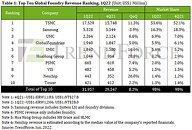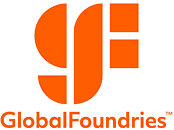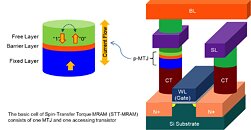UMC Introduces Industry's First 3D IC Solution for RFSOI, Accelerating Innovations in the 5G Era
United Microelectronics Corporation ("UMC"), a leading global semiconductor foundry, today announced the industry's first 3D IC solution for RFSOI technology. Available on UMC's 55 nm RFSOI platform, the stacked silicon technology reduces die size by more than 45% without any degradation of radio frequency (RF) performance, enabling customers to efficiently integrate more RF components to address the greater bandwidth requirements of 5G.
As mobile device manufacturers pack more frequency bands in newer generations of smartphones, the company's 3D IC solution for RFSOI addresses the challenge of integrating more RF front-end modules (RF-FEM) - critical components in devices to transmit and receive data - in a device by vertically stacking dies to reduce surface area. RFSOI is the foundry process used for RF chips such as low noise amplifiers, switches, and antenna tuners. Utilizing wafer-to-wafer bonding technology, UMC's 3D IC solution for RFSOI resolves the common issue of RF interference between stacked dies. The company has received multiple patents for this process, which is now ready for production.
As mobile device manufacturers pack more frequency bands in newer generations of smartphones, the company's 3D IC solution for RFSOI addresses the challenge of integrating more RF front-end modules (RF-FEM) - critical components in devices to transmit and receive data - in a device by vertically stacking dies to reduce surface area. RFSOI is the foundry process used for RF chips such as low noise amplifiers, switches, and antenna tuners. Utilizing wafer-to-wafer bonding technology, UMC's 3D IC solution for RFSOI resolves the common issue of RF interference between stacked dies. The company has received multiple patents for this process, which is now ready for production.



























